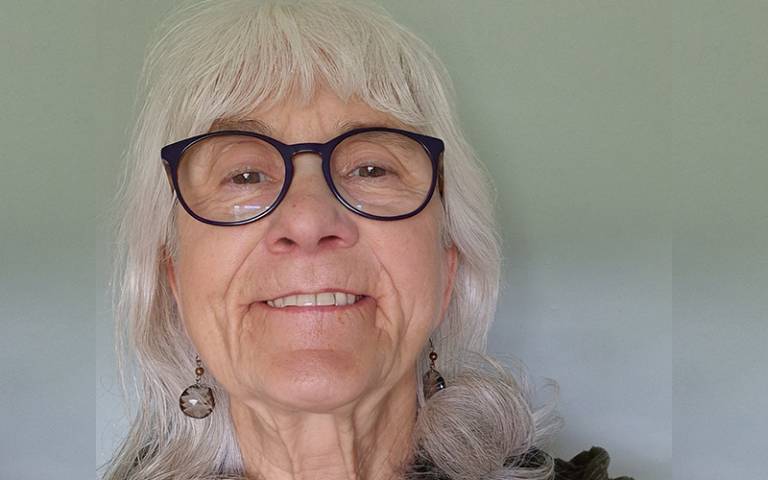
The biology underpinning a rare genetic mutation that allows its carrier to feel almost no pain, heal faster and had reduced anxiety and fear, has been uncovered in a new study published in Brain.
Though it may sound like the stuff of superheroes, the carrier of the genetic mutation is an ordinary Scottish woman named Jo Cameron, who was first referred to pain geneticists at University College London in 2013, after her doctor noticed that she experienced no pain after major surgeries on her hip and hand. In 2019, they identified a new gene that they appropriately named FAAH-OUT, which had a rare genetic mutation. In combination with another, more common mutation in FAAH, it was found to be the cause of Jo’s unique characteristics.
The new research describes how the mutation in FAAH-OUT ‘turns down’ FAAH gene expression, as well as the knock-on effects on other molecular pathways linked to wound healing and mood. It is hoped the findings will lead to new drug targets and open up new avenues of research in these areas.
The area of the genome containing FAAH-OUT had previously been assumed to be ‘junk’ DNA that had no function, but it was found to mediate the expression of FAAH, a gene that is part of the endocannabinoid system and that is well-known for its involvement in pain, mood and memory.
In this study, the team from UCL sought to understand how FAAH-OUT works at a molecular level, the first step towards being able to take advantage of this unique biology for applications like drug discovery.
This included a range of approaches, such as CRISPR-Cas9 experiments on cell lines to mimic the effect of the mutation on other genes, as well as analysing the expression of genes to see which were active in molecular pathways involved with pain, mood and healing.
The team observed that FAAH-OUT regulates the expression of FAAH. When it is significantly turned down as a result of the mutation carried by Jo Cameron, FAAHenzyme activity levels are significantly reduced.
Dr Andrei Okorokov (UCL Medicine), a senior author of the study, said: “The FAAH-OUT gene is just one small corner of a vast continent, which this study has begun to map. As well as the molecular basis for painlessness, these explorations have identified molecular pathways affecting wound healing and mood, all influenced by the FAAH-OUT mutation. As scientists it is our duty to explore and I think these findings will have important implications for areas of research such as wound healing, depression and more.”
The authors looked at fibroblasts taken from patients to study the effects of the FAAH-OUT-FAAH axis on other molecular pathways. While the mutations that Jo Cameron carries turn down FAAH, they also found a further 797 genes that were turned up and 348 that were turned down. This included alterations to the WNT pathway that is associated with wound healing, with increased activity in the WNT16 gene that has been previously linked to bone regeneration.
Two other key genes that were altered were BDNF, which has previously been linked to mood regulation and ACKR3, which helps to regulate opioid levels. These gene changes may contribute to Jo Cameron’s low anxiety, fear and painlessness.
Senior study author Professor James Cox said: “The initial discovery of the genetic root of Jo Cameron’s unique phenotype was a eureka moment and hugely exciting, but these current findings are where things really start to get interesting. By understanding precisely what is happening at a molecular level, we can start to understand the biology involved and that opens up possibilities for drug discovery that could one day have far-reaching positive impacts for patients.”
Source: University College London

